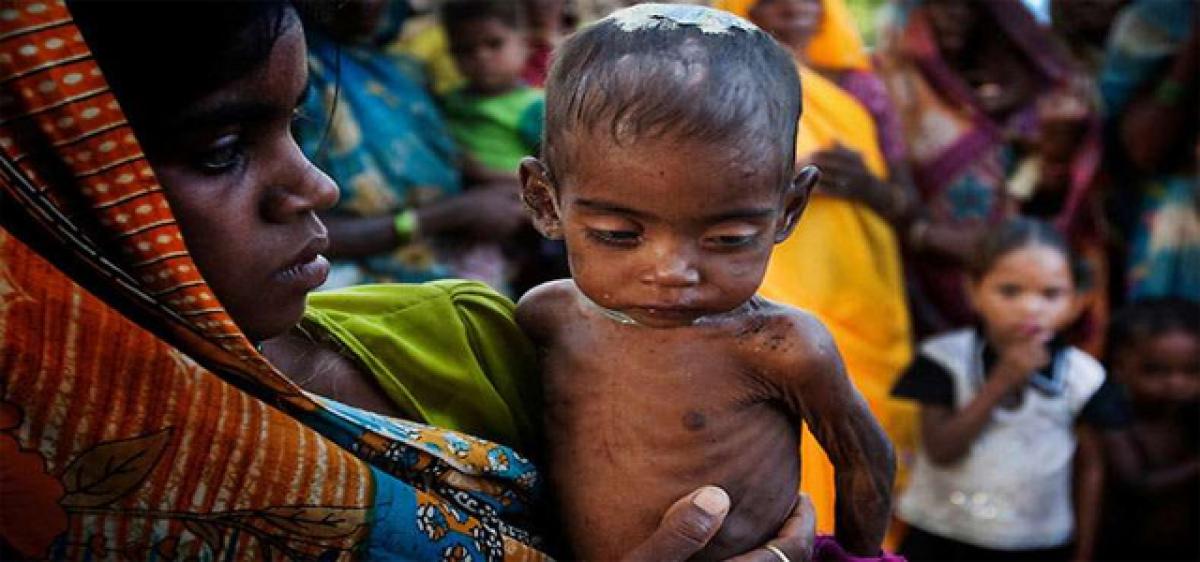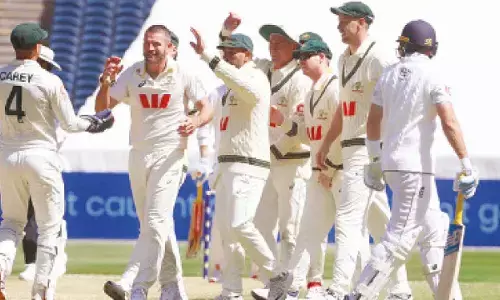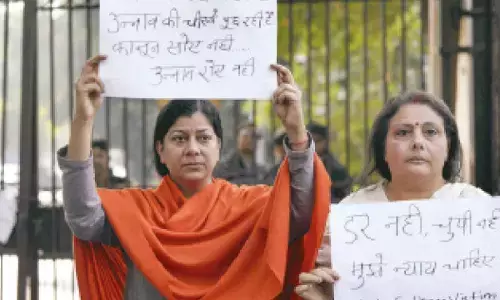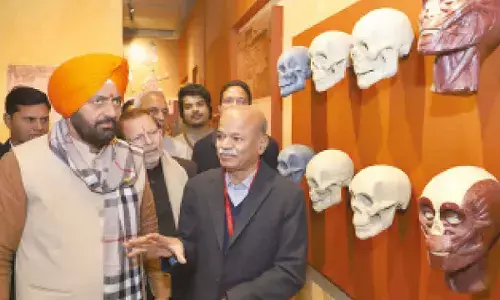Alarming state of suffering India

India ranks 97th among 118 developing countries in global hunger index. It reveals abominably higher levels of hunger still prevailing in India. This seriously questions the country’s claims of being a shining star in an otherwise gloomy global economic scenario.
India ranks 97th among 118 developing countries in global hunger index. It reveals abominably higher levels of hunger still prevailing in India. This seriously questions the country’s claims of being a shining star in an otherwise gloomy global economic scenario.
It’s a telling indictment of the development paradigm obsessed with GDP fundamentalism. The new data also indicates the yawning gap between the suffering India and the shining India.
Noble laureate Amartya Sen in his Political Economy of Hunger said that India suffers from hidden hunger and conditions of semi-starvation.
The melancholic signs of starving people as seen in some of the war-ravaged African countries may not be visible in India. But, it should not make us oblivious to the stark reality.
It’s much more shocking that our neighbours like Sri Lanka, Bangladesh, Nepal fared better in the Global Hunger Index (GHI).
The fresh evidence calls for a fundamental shift in how Indian policy planners perceive the relationship between growth and poverty.
The dominant paradigm that growth percolates down to the lowest in the social and economic strata is no longer valid. In fact, as the United Nations Development Programme (UNDP) stated, if poverty is addressed, it would automatically ensure growth. Islands of prosperity cannot survive in an ocean of poverty and deprivation.
India’s worst ranking in GHI also validates the thesis that economic development does not automatically entail human development. The competitive political populism cannot hide the wilting of welfare state. 25 years after reforms, the pathetic state of affairs questions the efficiency of unbridled market forces addressing the issues like hunger. The market phobia or the market mania is detrimental to the progress of nation.
The government may conveniently dismiss the GHI ranking as a facade. But, it can’t ignore the fact that even the National Sample Survey (NSS) data reveals that Indian poor households spend a maximum of their meager incomes on procuring food.
High rates of food inflation, jobless and job loss growth, informalisation of economy, casualisation of employment etc., are some of the factors contributing to the widespread hunger in India.
The GHI is computed by considering four key parameters: share of under nourished population, wasted and stunted children aged under 5 and Infant Mortality Rate (IMR) of the same age group.
India conquered outer space and is even venturing into deep space exploration. India is competing with the Silicon Valley in information technology. India is seeking membership of the elite Nuclear Suppliers Group (NSG).
India is competent to produce Inter Continental Ballistic Missiles (ICBMs). Yet, India ranks among nations with unacceptably higher levels of hunger and malnutrition.
This underlines the need for universalising food security and exposes the hollowness of the so-called Targeted Public Distribution System (TPDS).
India enjoys demographic dividend. But, it cannot be harnessed with hungry children. India not just requires food self-sufficiency, it also needs food and nutrition security.
Otherwise, it would prove to be a demographic nightmare as famished children cannot acquire knowledge and skills. Rethink the development model. Redefine development. Re-examine the policy prescription. Reform the governance structures.




















